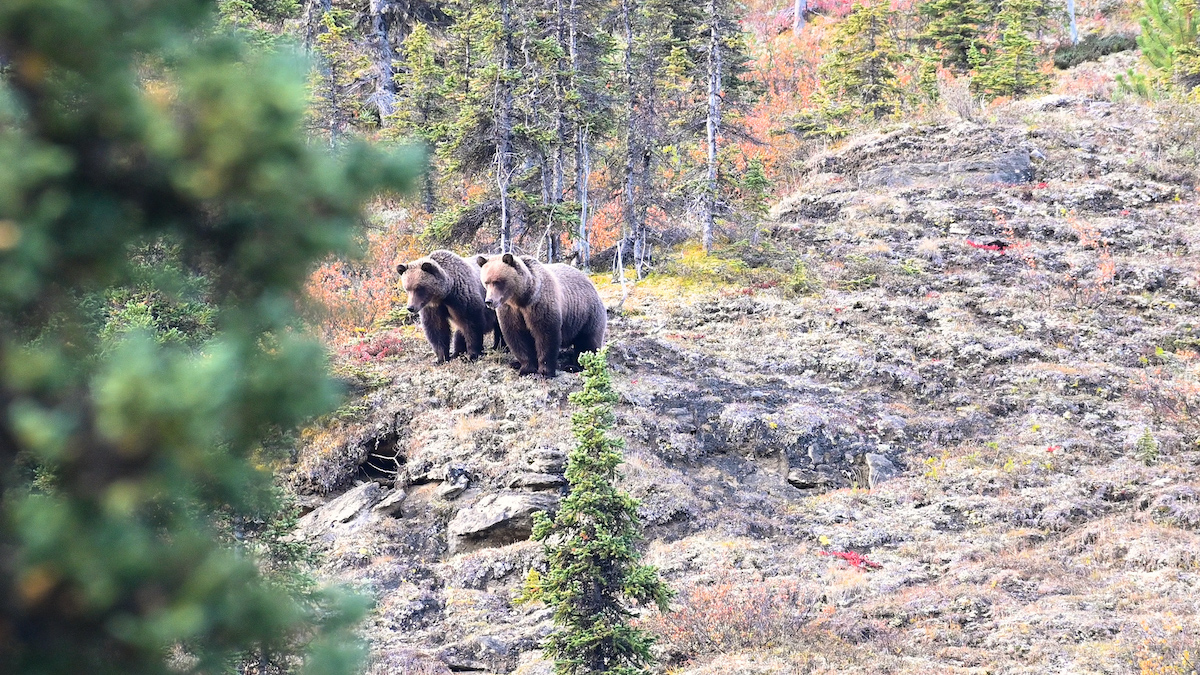Why Nature?
Place-based education matters. Storytelling matters. It’s why and how Nature Labs links diverse courses and lessons together through the narrative arc of two remarkable grizzly bears in Mount Robson Provincial Park.
Why these bears?
They’re two siblings – one male and one female – who, despite conventional wisdom, have refused to separate after being run off by their mother. For three years, instead of competing with one another, these bears have elected to work together – grazing, hunting, playing, denning. They’ve learned to survive in an increasingly complex world by helping each other thrive.

This is not just another nature story. It’s so much more.
These bears are a visual metaphor for our fragile yet resilient relationship with nature and with each other. It’s a story that underscores that just because something has always been so, doesn’t mean it must always be so. It’s a story that reminds us that by working with unlikely allies in unlikely circumstances we can find new solutions to old problems.
We didn’t have to pick nature – two bears – as our metaphor for the challenges we face or the lessons that must be taught. There are always other metaphors; more pressing issues, more socially relevant issues. But for each of those issues – rightly or wrongly – we can’t always agree on right or wrong. Or even where to start.
But nature? We know that before we start debating the value of a park – and before we get into how best to balance people and nature – if we stop and take a breath and really look at this?

We can all agree that this scene is beautiful.
And that matters. By really stopping to look and appreciate this moment together, we can see that our natural inheritance is our common humanity. It is what unites us. It is what makes us equal.
By the end of Nature Labs, students won’t be able to agree on how best to strengthen our economy or advance social justice or steward our natural environment. But by finding a common starting point – by using nature to move away from what we disagree with and toward what we can agree on – we hope students will be more open to listening and learning from those they agree with and those they don’t; rethinking what they think they know and reimagining what’s actually possible when we work together.
Just like these two bears.
